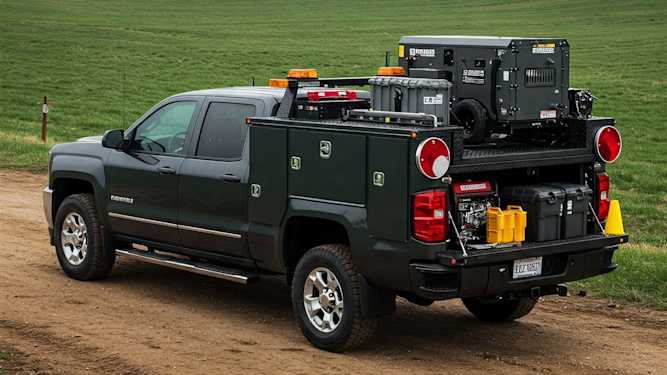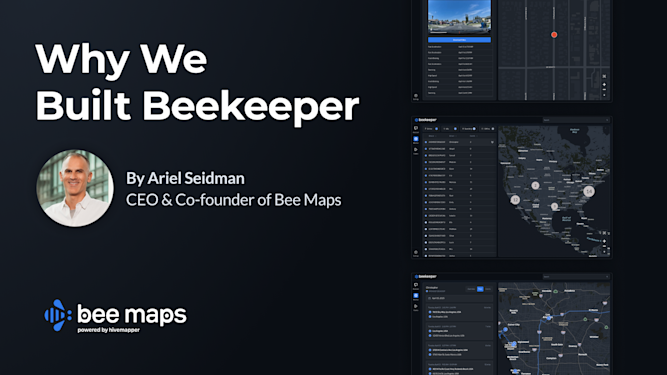The Latest Buzz
What are the Types of Road Signs in the United Kingdom?

In the United Kingdom the approach to road safety begins with the understanding of all drivers that the most vulnerable road users are pedestrians, children, older or people with disabilities, cyclists, motorcyclists and horse riders. This may explain why you will find a large portion of road signs in the UK with images and symbols minimal text.
Below is an overview of the primary types of road signs in the UK, which include regulatory, warning, and information signs.
Regulatory Signs: Order and Compliance
Regulatory signs in the UK are designed to inform drivers about mandatory actions or prohibitions. They are typically circular in shape, with red circles indicating prohibitions and blue circles offering positive instructions.
- Prohibitory Signs: Signs with red circles often signal restrictions, such as "No Entry," "No U-turns," and "Speed Limits." For instance, a sign with a red border and a number inside indicates the maximum speed limit. Similarly, "No Overtaking" signs ensure drivers maintain a safe behavior on roads with limited visibility.
- Mandatory Signs: Blue circles typically indicate required actions, such as "Turn Left" or "Keep Left." They guide drivers on how to proceed safely through intersections and roundabouts.
- Weight and Size Restrictions: The UK also uses signs to manage the size and weight of vehicles on certain roads. For example, signs displaying weight limits in tonnes or height restrictions ensure that oversized vehicles do not enter areas where they may cause damage or pose safety risks.
Warning Signs: Preparing for Hazards
Warning signs in the UK are generally triangular with a red border, and they alert drivers to potential hazards on the road ahead. Their shape and design are consistent with international standards, helping to maintain uniformity for international drivers as well.
- Common Warning Signs: These include alerts for sharp bends, uneven roads, steep hills, and pedestrian crossings. For example, a triangular sign with a figure of a child indicates a school zone, prompting drivers to reduce speed.
- Weather and Environmental Warnings: Some signs indicate environmental conditions like "Slippery Road," "Falling Rocks," or "Flooded Roads." These are crucial in areas prone to adverse weather, helping drivers adjust their speed and maintain control of their vehicles.
- Animal Crossings: The UK features signs that warn drivers about potential wildlife on roads, such as "Deer Crossing" or "Cattle." These are common in rural areas where encounters with animals may occur.
Information Signs: Guiding the Way
Information signs are rectangular and come in a range of colors to help distinguish different types of information. These signs serve to provide directions, identify facilities, and indicate general road information to make navigation easier.
- Direction Signs: These are some of the most commonly seen signs on UK roads, using green backgrounds for primary routes, blue for motorways, and white for local or non-primary routes. They include detailed information such as distances to nearby towns or exits, making it easier for drivers to navigate the road network.
- Tourist and Local Information: Brown signs indicate tourist attractions or sites of historical interest, guiding visitors to locations like parks, museums, or monuments. Meanwhile, signs for hospitals and emergency services help drivers locate essential services quickly.
- Congestion and Control Zones: Information signs also indicate areas like congestion charging zones, low-emission zones, or controlled parking areas. These are particularly relevant in urban centers like London, where restrictions aim to manage traffic flow and reduce environmental impact.
Temporary Road Signs: Managing Road Work and Events
Temporary signs are essential for managing road construction zones, and special events that affect traffic flow. These signs often include warnings about lane closures, reduced speed limits, or detours.
- Road Work Signs: Signs like "Road Works Ahead" or "Temporary Traffic Lights" help drivers prepare for sudden changes in road conditions or diversions. These signs ensure that work zones are safe both for drivers and for the workers on-site.
- Manual Signage: In some situations, road workers may use manual signs like "Stop/Go" boards to control traffic during construction. These are typically seen in narrower roads or when only one lane is operational.
ReCap of UK Road Signs
The UK's road sign system is built on clarity, consistency, and safety. Each sign serves a specific purpose, from guiding drivers through complex intersections to ensuring safety in school zones. For anyone driving in the UK, familiarizing oneself with these signs is essential to ensure compliance with local regulations and to navigate the roads safely.
Whether you are an urban planner or a developer in the autonomous vehicle industry, having access to accurate and up-to-date road sign data is crucial.
Share Post


